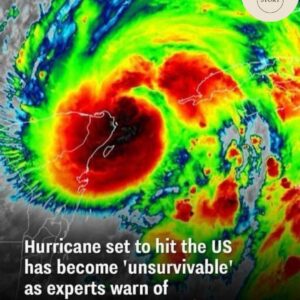Bird flu, or avian influenza, is a viral infection mainly affecting birds but can spread to humans and animals. The most dangerous strains, H5N1 and H7N9, “can cause severe illness,” leading to economic losses from poultry culling and trade restrictions. Global preparedness is essential.
The virus spreads through infected birds, their secretions, or contaminated surfaces. While human-to-human transmission is rare, “close contact increases the risk.” Migratory birds further complicate containment, making strict biosecurity measures in farms and markets crucial.
Early detection limits transmission and improves outcomes. In humans, symptoms resemble the flu—“fever, cough, and muscle aches”—but severe cases may lead to pneumonia, gastrointestinal issues, or neurological problems. Immediate medical attention is crucial for those exposed to infected birds.
Prevention includes avoiding sick birds, practicing hygiene, and wearing protective gear. “Poultry vaccination and public health campaigns help control outbreaks.” Understanding risks and recognizing symptoms reduce the virus’s impact.
Ongoing vigilance and proactive measures are key to protecting public health and preventing future outbreaks.





